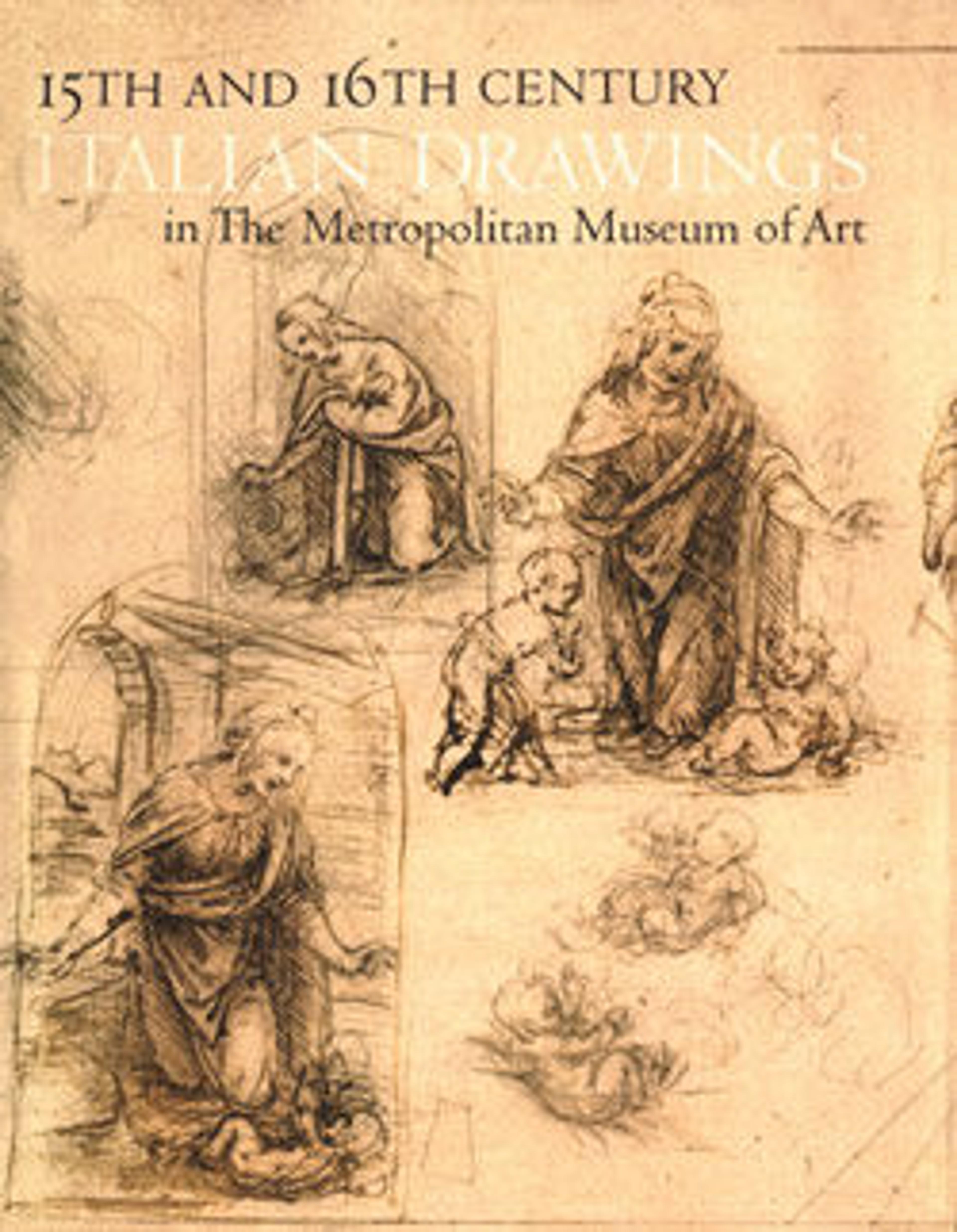Design for a Casket with the Gonzaga Eagle
This beautiful design for a casket is another example of Giulio Romano’s multifarious designs at the court of the Gonzaga in Mantua. It was probably meant as a presentation drawing and contains various options which had to be decided on before its execution. Most notably, Giulio presented two different ways of decorating the space between the Gonzaga eagle and the lion’s feet. On the left we see an acanthus scroll while on the right he has rendered a palm leaf. Similarly, the decorative frieze around the top of the lid can be executed fluted, or with a pattern of acanthus leafs. The detail with which the artist executed the drawing is incredible and can be most clearly noted in the plant stem which encircles the body and right wing of the eagle.
Artwork Details
- Title:Design for a Casket with the Gonzaga Eagle
- Artist:Giulio Romano (Italian, Rome 1499?–1546 Mantua)
- Date:ca. 1527–46
- Medium:Pen and brown ink, brush and brown wash, highlighted with traces of white gouache, over black chalk
- Dimensions:Overall: 4 9/16 x 6 15/16in. (11.6 x 17.7cm)
Sheet: 4 × 6 9/16 in. (10.1 × 16.7 cm) [cropped silhouette] - Classifications:Drawings, Ornament & Architecture
- Credit Line:Rogers Fund, 1965
- Object Number:65.125.3
- Curatorial Department: Drawings and Prints
More Artwork
Research Resources
The Met provides unparalleled resources for research and welcomes an international community of students and scholars. The Met's Open Access API is where creators and researchers can connect to the The Met collection. Open Access data and public domain images are available for unrestricted commercial and noncommercial use without permission or fee.
To request images under copyright and other restrictions, please use this Image Request form.
Feedback
We continue to research and examine historical and cultural context for objects in The Met collection. If you have comments or questions about this object record, please contact us using the form below. The Museum looks forward to receiving your comments.
